Floralia: Unveiling the Timeless Floral Art of William Kilburn
Uncover the fascinating story of William Kilburn, master of the floralia design, and his battle for copyright protection…
The eternal appeal of a floral design is captured in the botanical art of Irish illustrator William Kilburn. Kilburn (1745–1818) was the artist behind the life-sized watercolours and signed etchings in William Curtis’ 18th-century book on botany Flora Londinensis and also a leading calico designer and printer in his own right.
Similar in style to the work of Arts & Crafts promoter William Morris, Kilburn’s patterns predate Morris’ by nearly a century. Kilburn’s sense of freedom and play is contrasted by Morris’ sharply stylized and closely repeated patterns. With winding twigs, colourful petals and whimsical blossoms, Kilburn’s unique ability to blend local flora with exotic plants is on full display in this design. Truly a celebration of florals, Paperblanks have named this design after the ancient Roman Floralia festival, which honoured Flora, the goddess of flowering plants. Though this William Kilburn design is from the late 1700s, its appeal is timeless.
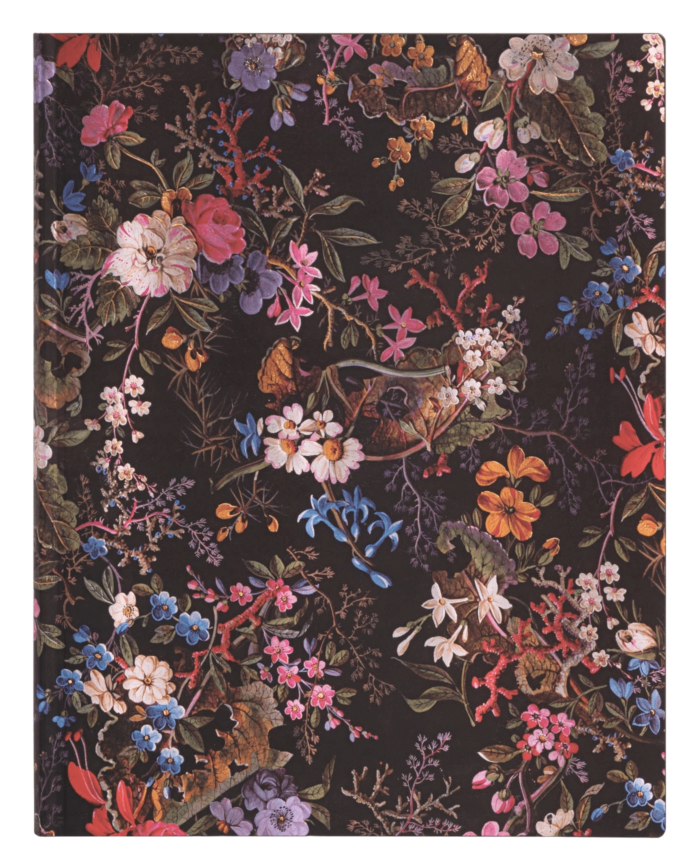

From Floral to Social Justice: The Enduring Impact of Kilburn’s Art and Advocacy
Like Morris, Kilburn and his work played a significant role in influencing the decorative artists who followed, even during his own lifetime. As his art became more popular it began to be knocked off by lesser artisans and mass production facilities. When he found that his work was being so widely replicated, Kilburn sought to protect his artistic intellectual property. He became an activist for artists’ rights, going to court to protect copyright in the textile industry, paving the way for future textile artists to flourish.
Sadly, despite his best efforts, Kilburn was unsuccessful in stopping the pirates. His designs continued to be imitated and he died bankrupt in 1818. It is our honour to bring this William Kilburn print back to life. The world may not know his name, but we see his influence through modern wallpaper designs, the Arts & Crafts movement and the contemporary copyright laws that protect artists today.
Details about the Floralia
Original Art: Textile design by William Kilburn
Era: late 1700s
Region: England
Brand: Paperblanks
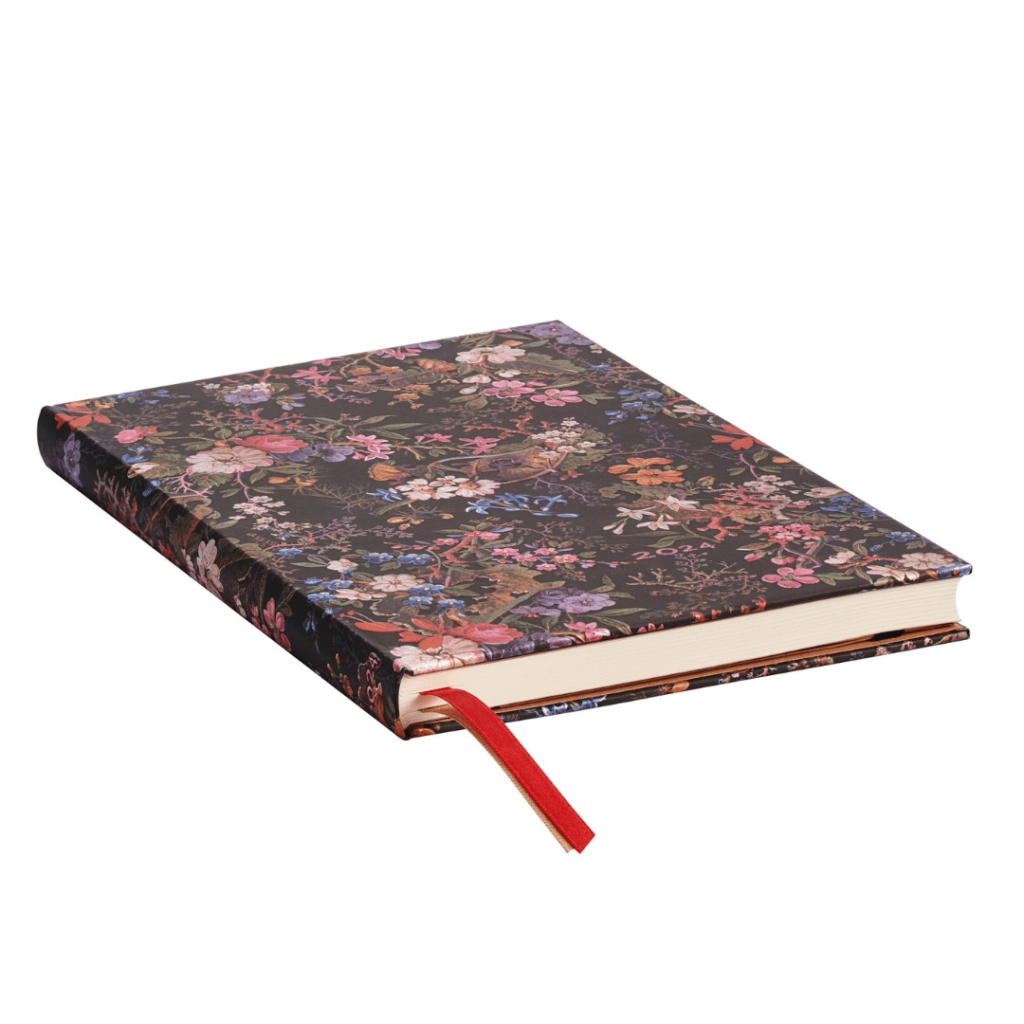

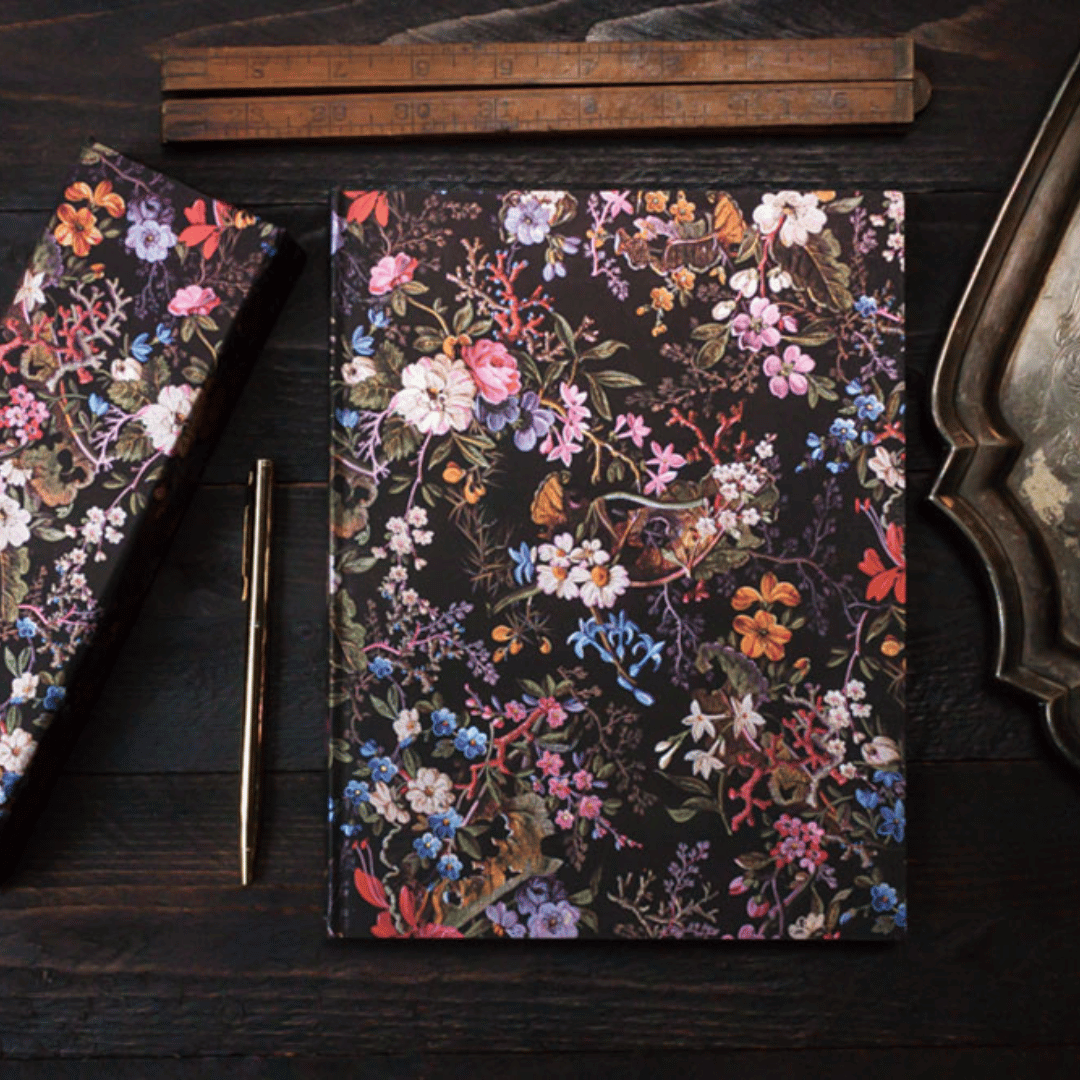



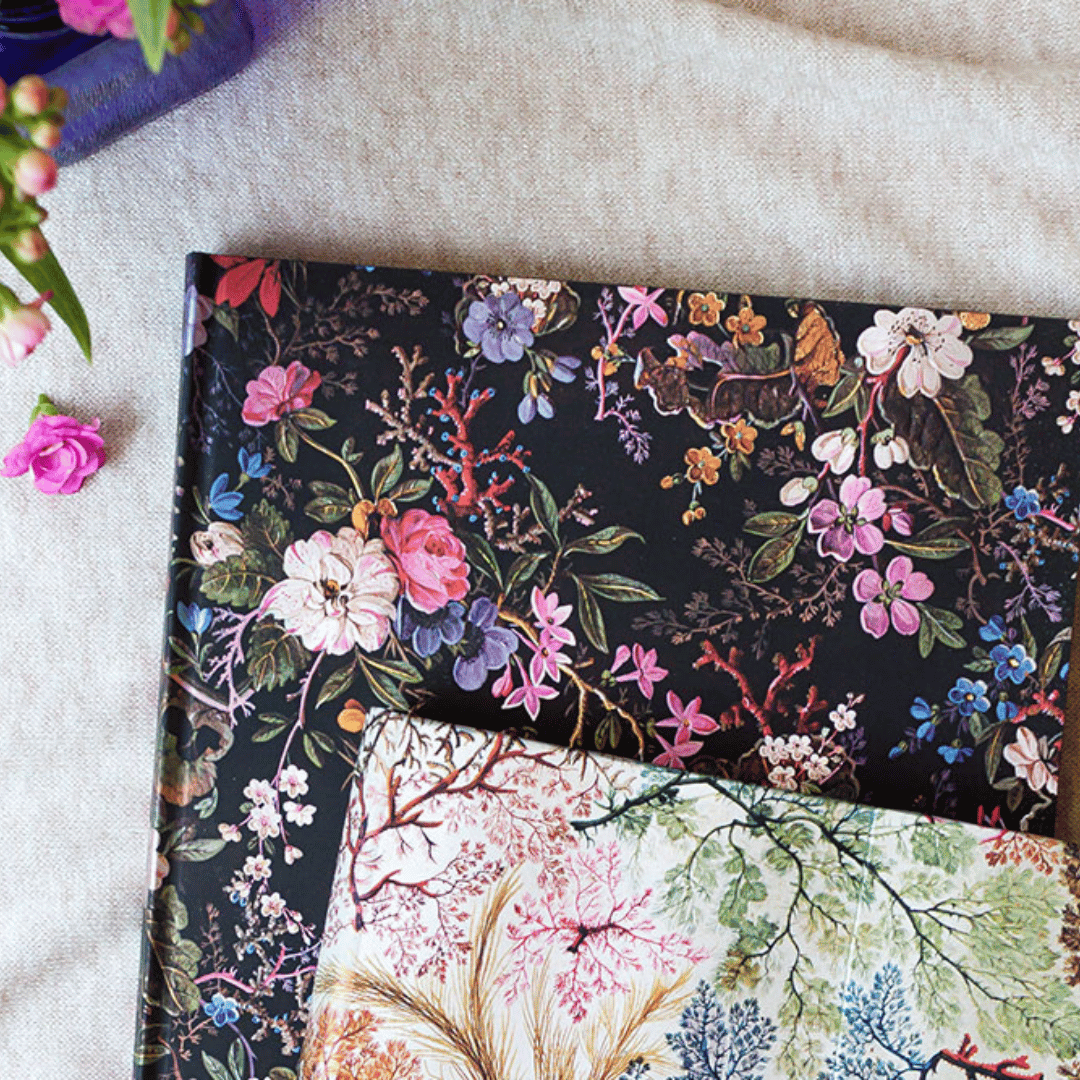

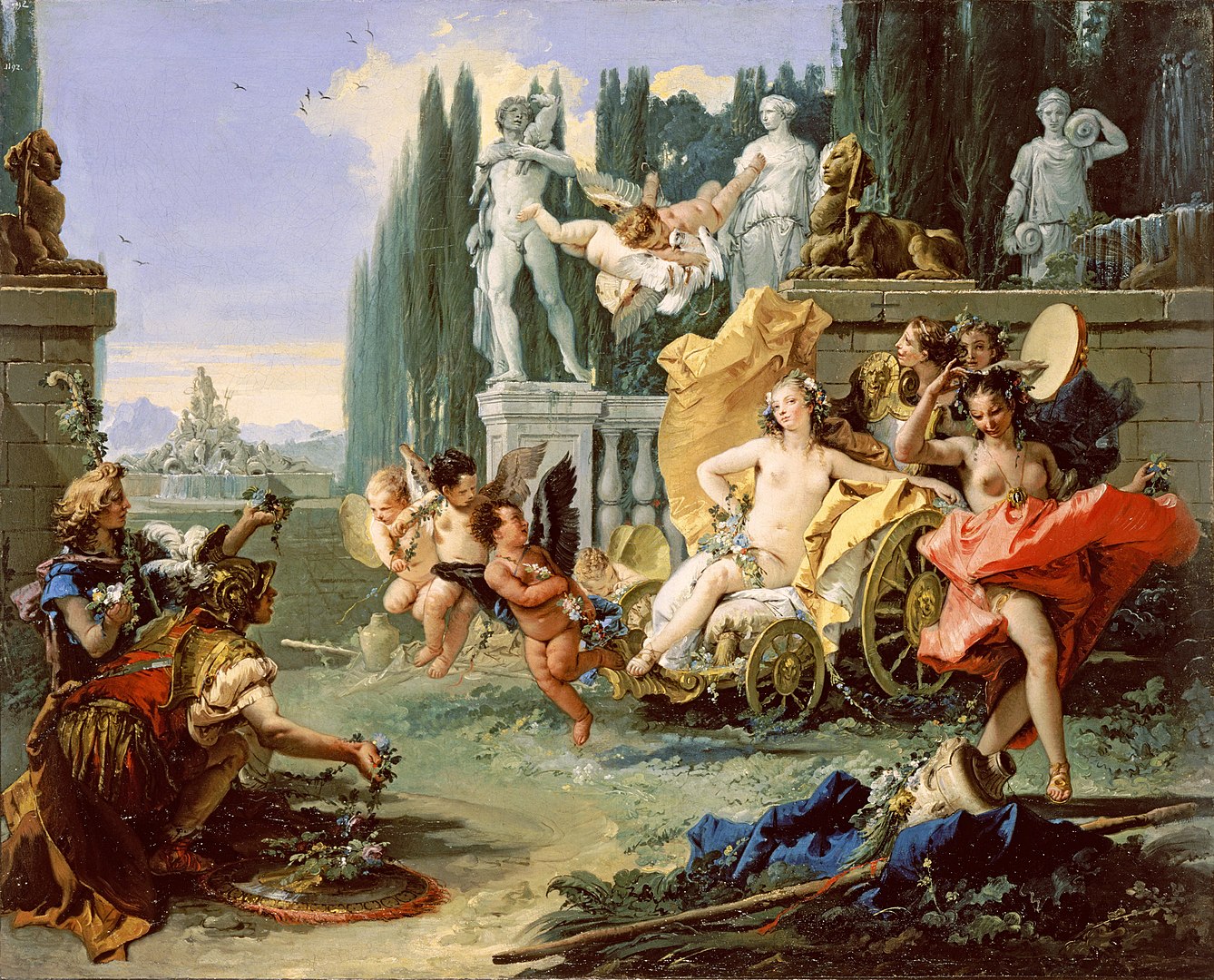

What does floralia means?
The Floralia was a festival in ancient Roman religious practice in honor of the goddess Flora, held on 27 April during the Republican era, or 28 April in the Julian calendar. The festival included Ludi Florae, the “Games of Flora”, which lasted for six days under the empire.
The festival had a licentious, pleasure-seeking atmosphere. In contrast to many festivals which had a patrician character, the games of Flora were plebeian in nature.
The Flora Goddess
Flora (Latin: Flōra) is a Roman goddess of flowers and spring – a symbol for nature and flowers (especially the may-flower). While she was otherwise a relatively minor figure in Roman mythology, being one among several fertility goddesses, her association with the spring gave her particular importance at the coming of springtime, as did her role as goddess of youth. She was one of the fifteen deities who had their own flamen, the Floralis, one of the flamines minores. Her Greek counterpart is Chloris.
Image: Giovanni Battista Tiepolo 090
Sources: Wikipedia and H. Nettleship ed., A Dictionary of Classical Antiquities (1891) p. 238
About the artist
William Kilburn (1745-1818)
Dublin-born William Kilburn was a botanical artist, engraver, and a designer and printer of calico. As a young man he served as an apprentice in a calico-printing factory in Lucan. He then moved to London where he was employed by naturalist William Curtis to make illustrations for Flora Londinensis. – National Gallery of Ireland
William Kilburn is also the artist behind the Anemone design.
About Paperblanks
Paperblanks believe in the power of creativity and the infinite possibilities that start with a blank page. When you connect with a Paperblanks design and the story behind it, you find a trusted space for your thoughts and imagination. Your journal becomes a companion along life’s journey, inspiring you to write, sketch, remember, and dream, as you chronicle what matters most.
